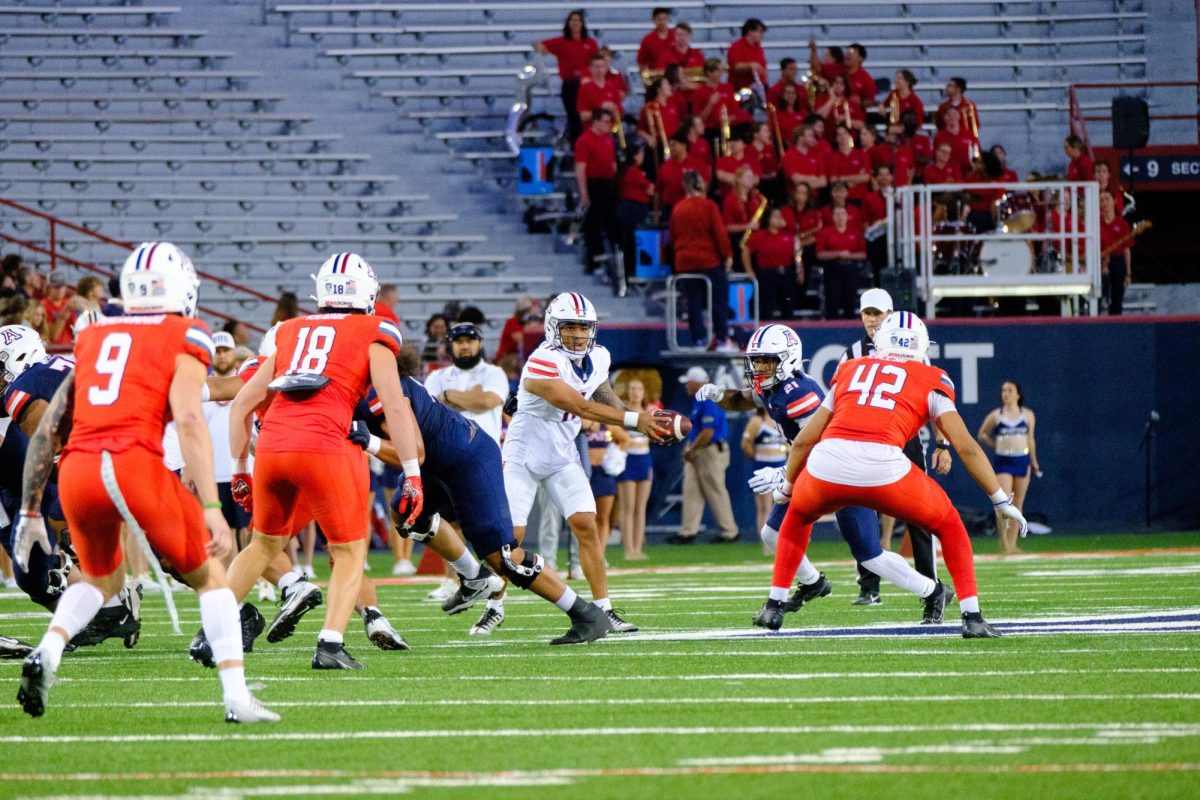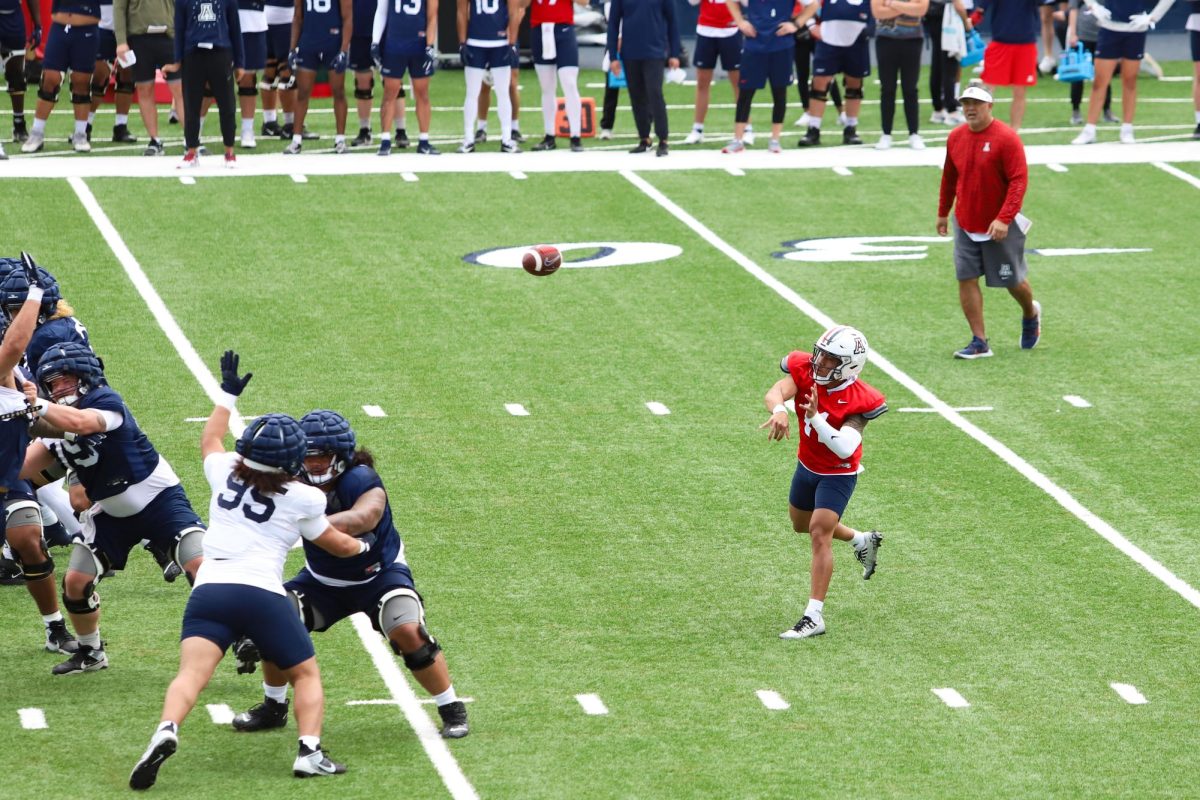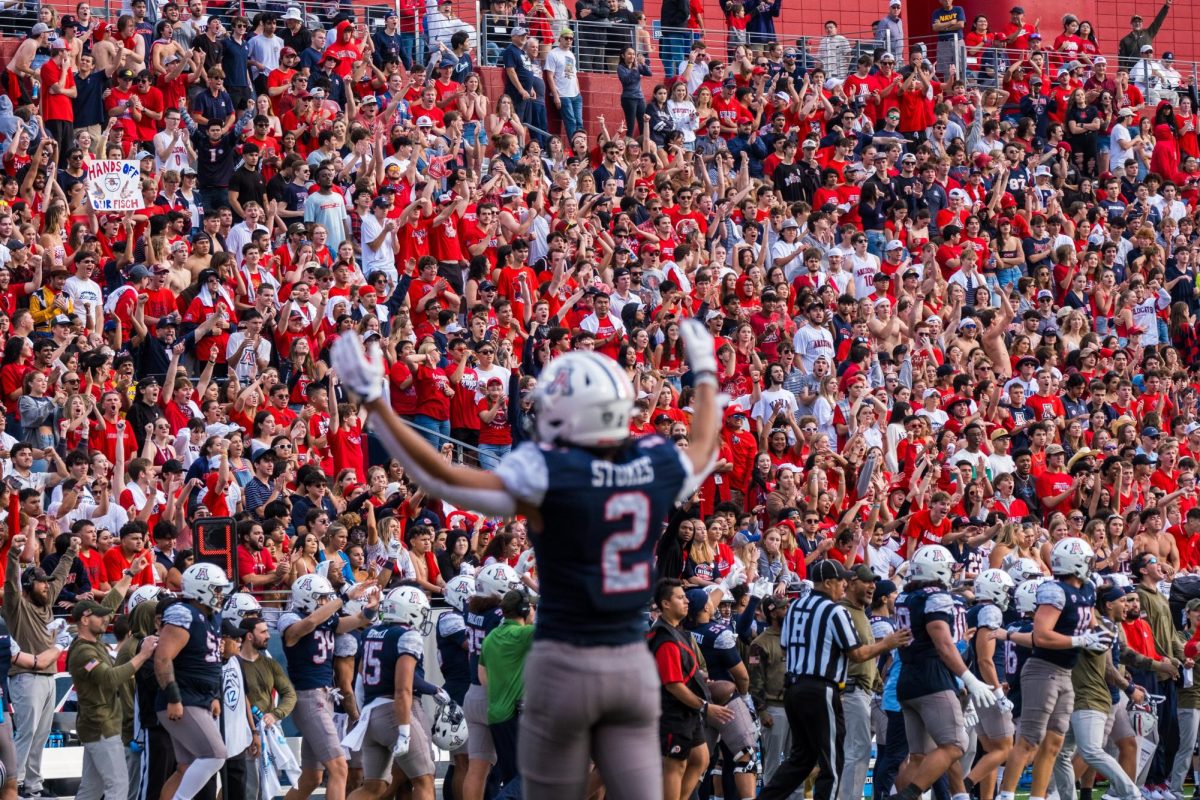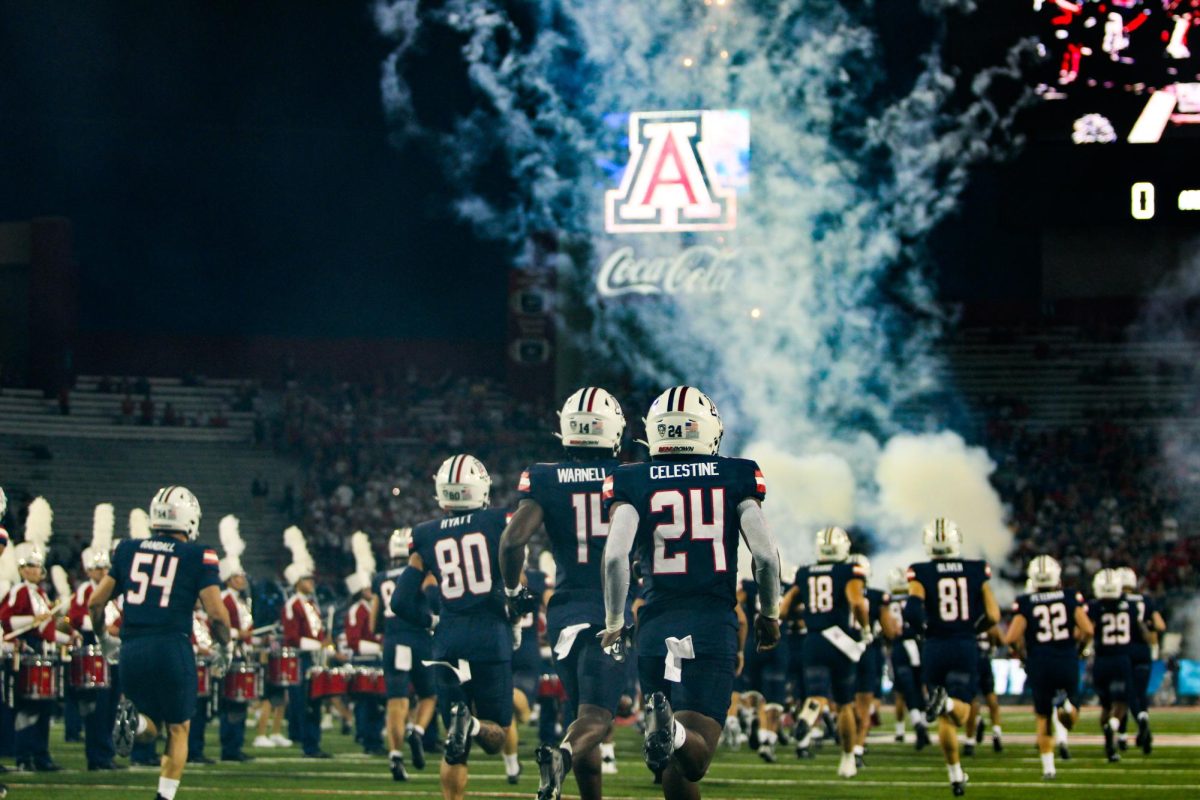For an offense, the mental aspect of beating the opposing defense is probably more difficult than the physical part. Defenses are free to move around as they’d like and they rarely run the same play — both in terms of blitzes and coverage. There are dozens of ways a defense can cover the pass by utilizing man coverage, zone coverage and even combination packages. Assuming that the base package is on the field — two cornerbacks and two safeties — let’s take a look at the different types of pass defenses a secondary can run.
Man Coverage
It’s a self-explanatory and simple defense to run. Each player lines up across an offensive player and is responsible for covering him on a passing play. Cornerbacks line up across from the two outside receivers, and safeties cover either slot (or inside) receivers, tight ends or running backs (with the help of the linebackers). While this technique sounds easy, it’s probably the most challenging. Defensive backs must react to what the fastest players on the field are doing, and the fact that the receivers know ahead of time what they’re supposed to do gives them a decided advantage. If a corner or safety slips for even a split second, the receiver can blow by them without help from other defensive players.
Zone Coverage
The four defensive backs, with assistance from the linebackers, work together to cover the entire field without actually covering a specific player. Each player is designated a “”zone”” on the field and he is responsible for whatever offensive player enters that area. This is much more complicated than man coverage but the widened responsibilities allows defensive players some room for error. The possibilities for zone and man/zone coverage are endless but they are all based on four base packages:
Cover-2: The point of this defense is to keep receivers in the middle of the field and contain any kind of long pass. The two cornerbacks line up across from the outside receiver on each side, about 5-6 yards off the line of scrimmage. They’re instructed to stay on the outside shoulder of the receiver and force him into the middle of the defense toward the safeties, who are lined up 10-12 yards off the ball and are instructed to keep the receivers in front of them at all times. Once the corners force the receivers into the middle they then cover the “”flats,”” which is the area they were originally lined up in.
Cover-3: Unlike the Cover-2, this coverage is designed to contain any kind of short pass. The two cornerbacks and the free safety are each responsible for a “”deep third”” of the field: the two corners have the outside, and the safety has the middle. The two corners are free to line up anywhere between one to 10 yards from the receiver, and the free safety generally roams the middle of the field at around 12 yards from the line of scrimmage. The strong safety becomes a “”rover,”” which happens when a safety has dual-responsibility that won’t be decided until the ball is snapped. If it’s a run play he flies to the ball to make the tackle, if it’s a pass play he could be responsible for any combination of man-coverage or flat-coverage or he could be blitzing.
Cover-4: This isn’t run nearly as often as the previous defenses thanks to how vulnerable it leaves the secondary. Cover-4 is a run-zone defense: both corners and both safeties line up 10 yards off the ball to give the defense more bodies to stop the run. Its reward against the run is high, but its risk against the pass is higher. It’s similar to man defense in that if a receiver beats the cornerback on a deep pattern, the help from the safety is minimal.








